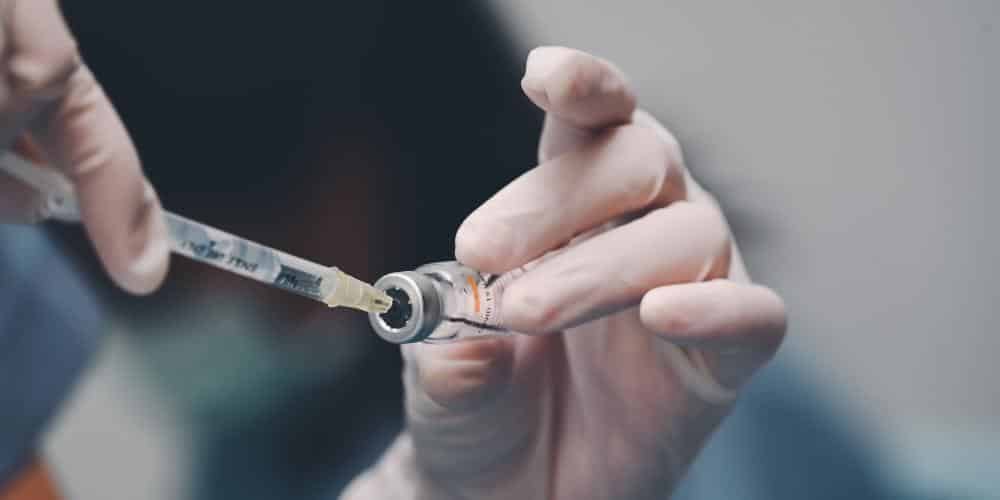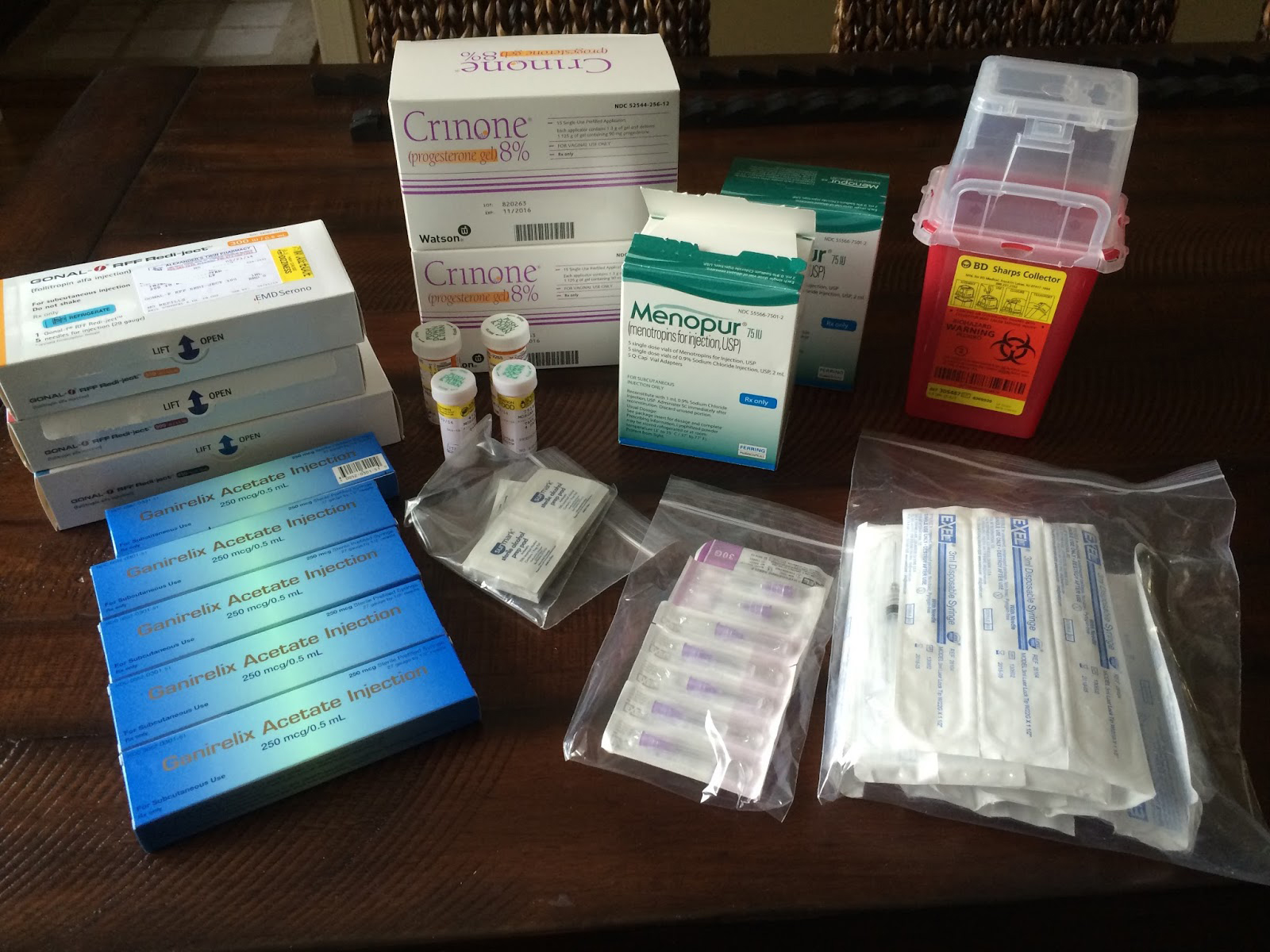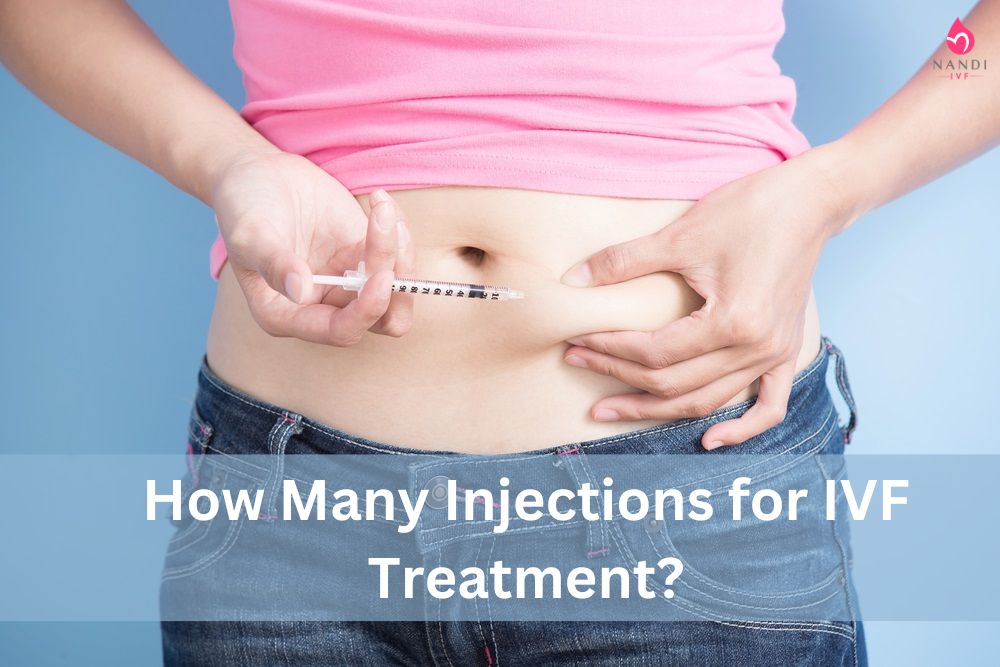What Are IVF Shots? Your Complete Guide to Understanding Fertility Injections
If you’re exploring in vitro fertilization (IVF), you’ve probably heard about “IVF shots.” Maybe the idea of injections makes you nervous, or perhaps you’re just curious about what they do. Either way, you’re not alone—thousands of people search for answers about these shots every month, hoping to understand how they fit into the journey to parenthood. IVF shots are a big part of the process, but they’re not as mysterious (or scary!) as they might seem at first. Think of them as little helpers that get your body ready to create life.
In this guide, we’ll walk through everything you need to know about IVF shots—what they are, why they matter, how they work, and what you can expect when you start using them. We’ll dive deeper than most articles out there, uncovering details like how these shots affect your emotions, the latest research on their effectiveness, and practical tips to make the experience smoother. Whether you’re just starting to research IVF or you’re about to pick up that first syringe, this is your one-stop resource.
Why IVF Shots Are a Game-Changer in Fertility
IVF shots aren’t just random injections—they’re the backbone of the IVF process. When you’re trying to conceive naturally, your body usually releases one egg per month. But IVF aims to boost that number, giving doctors more eggs to work with in the lab. That’s where these shots come in. They’re designed to supercharge your ovaries, encouraging them to produce multiple eggs at once.
The magic happens with hormones. IVF shots deliver synthetic versions of the same hormones your body already makes—like follicle-stimulating hormone (FSH) and luteinizing hormone (LH)—but in higher doses. These hormones tell your ovaries, “Hey, let’s get busy!” The result? Instead of one egg, you might produce 10 or more, increasing the chances of creating healthy embryos.
But it’s not just about quantity. Quality matters too. These shots help your eggs mature properly so they’re ready for retrieval. Without them, IVF wouldn’t be nearly as successful. In fact, studies show that controlled ovarian stimulation (the fancy term for using these shots) can increase pregnancy rates by up to 40% per cycle for women under 35, according to the American Society for Reproductive Medicine (ASRM).
The Main Types of IVF Shots You’ll Encounter
Not all IVF shots are the same. Depending on your treatment plan, you might use a few different types, each with its own job. Here’s a breakdown of the most common ones:
1. Follicle-Stimulating Hormone (FSH) Shots
These are the heavy hitters. FSH shots, like Gonal-F or Follistim, kickstart egg growth by stimulating the follicles (tiny sacs in your ovaries where eggs develop). You’ll usually take these daily for about 8-14 days.
2. Luteinizing Hormone (LH) Shots
LH works alongside FSH to help eggs mature. Some medications, like Menopur, combine FSH and LH for a double dose of ovary support. Think of LH as the coach that pushes the eggs to the finish line.
3. GnRH Agonists and Antagonists
These shots control timing. GnRH agonists (like Lupron) or antagonists (like Cetrotide) prevent your body from ovulating too early. They’re like a pause button, keeping your eggs in place until the doctor’s ready to retrieve them.
4. The Trigger Shot (hCG or Lupron)
This is the grand finale. The trigger shot—usually human chorionic gonadotropin (hCG) or a dose of Lupron—tells your ovaries to release the mature eggs. It’s timed perfectly, about 36 hours before egg retrieval.
Each shot has a specific role, and your doctor will customize the mix based on your age, hormone levels, and fertility history. It’s like a recipe—every ingredient matters.
How IVF Shots Fit Into Your Treatment Timeline
IVF isn’t a one-day deal—it’s a carefully planned process that unfolds over weeks. Here’s where the shots come in:
- Day 1: Start of Your Cycle
Your period marks the beginning. You might start with birth control pills or a GnRH agonist to “quiet” your ovaries before the real action begins. - Days 3-12: Stimulation Phase
This is when you’ll take FSH and LH shots every day. Your doctor will monitor you with ultrasounds and blood tests to see how your follicles are growing. It’s a bit like watching flowers bloom—slow but exciting. - Day 13 or 14: The Trigger Shot
Once your eggs are ready, you’ll get the trigger shot. Timing is everything here—too early or too late, and the eggs might not be perfect. - Day 15 or 16: Egg Retrieval
About 36 hours after the trigger, a doctor collects your eggs. The shots are done for now, and the focus shifts to the lab.
This timeline can vary, but the shots are the engine driving it all. They’re what make those precious eggs possible.
What It Feels Like to Take IVF Shots
Let’s be real—nobody loves needles. But the good news? IVF shots aren’t as bad as you might think. Most are subcutaneous, meaning they go just under the skin (not deep into a muscle). The needles are tiny, and with a little practice, you’ll get the hang of it.
The Physical Side
- The Pinch: The injection itself feels like a quick sting—think of a mosquito bite. Some spots (like your stomach) might be less sensitive than others (like your thigh).
- Aftermath: You might notice redness, a small bruise, or mild soreness at the site. It usually fades fast.
The Emotional Rollercoaster
Here’s something you won’t find in every article: those hormones can mess with your mood. FSH and LH don’t just affect your ovaries—they can make you feel weepy, irritable, or even super energized. One study from the Journal of Assisted Reproduction and Genetics found that 60% of women on IVF meds reported mood swings. It’s normal, and it passes.
A Day in the Life
Picture this: It’s 7 p.m., and you’re in your kitchen. You grab your pre-filled syringe, pinch a bit of skin on your belly, and inject. It takes 30 seconds. Then you’re back to watching Netflix. That’s it! Consistency is key, so pick a time and stick to it.

Side Effects: What to Expect and How to Handle Them
IVF shots are powerful, and with power comes some side effects. Most are mild, but it’s good to know what’s coming.
Common Side Effects
- Bloating: Your ovaries are working overtime, so you might feel puffy. Loose clothes are your friend.
- Headaches: Hormones can trigger them. Stay hydrated and rest when you can.
- Tiredness: Growing eggs takes energy. Nap if you need to—no guilt allowed.
Rare but Serious Risks
- Ovarian Hyperstimulation Syndrome (OHSS): In about 1-5% of cases, ovaries overreact, causing swelling and discomfort. Symptoms like severe pain or trouble breathing need a doctor’s attention ASAP. Recent research from the National Institutes of Health (NIH) shows milder stimulation protocols can cut OHSS risk by 30%.
Coping Tips
✔️ Ice the spot before injecting—it numbs the sting.
✔️ Sip water all day to ease bloating.
❌ Don’t skip doses, even if you feel off—it throws off the plan.
❌ Avoid caffeine if headaches hit; it can make them worse.
Interactive Quiz: Are You Ready for IVF Shots?
Let’s make this fun! Answer these quick questions to see how prepared you feel. Jot down your score (1 point per “yes”).
- Do you know where you’ll inject each shot?
- Can you stick to a daily schedule?
- Are you okay with a little pinch?
- Have you talked to your doctor about side effects?
Score:
- 4: You’re a pro already!
- 2-3: Almost there—brush up on a few details.
- 0-1: No worries, keep reading and ask your doc anything.
The Science Behind IVF Shots: What’s New in 2025
IVF isn’t stuck in the past—research keeps pushing it forward. Here’s what’s fresh as of April 2025:
- Personalized Dosing: A 2024 study in Fertility and Sterility found that tailoring FSH doses to your AMH (anti-Müllerian hormone) levels can boost egg yield by 15% without raising OHSS risk. Doctors are using AI to crunch the numbers.
- New Meds: A drug called Kisspeptin is in trials as a gentler trigger shot. Early data from the European Society of Human Reproduction and Embryology (ESHRE) suggests it could lower side effects by 20%.
- Less Is More: Mild stimulation (lower doses) is trending. Google Trends shows searches for “low-dose IVF” up 25% since 2023, reflecting a shift toward gentler options.
These advances mean IVF shots are getting smarter, safer, and more tailored to you.

How to Make IVF Shots Easier: Practical Hacks
You don’t have to dread these injections. Here are some tried-and-true tricks to smooth the ride:
Step-by-Step Injection Guide
- Prep: Wash your hands and gather your supplies—syringe, alcohol wipe, ice pack.
- Pick a Spot: Rotate between your stomach and thighs to avoid soreness.
- Numb It: Hold ice on the spot for 20 seconds.
- Inject: Pinch the skin, slide the needle in at a 45-degree angle, and push the plunger slowly.
- Finish: Pull out, press with a cotton ball, and reward yourself (a piece of chocolate works!).
Pro Tips
- Buddy System: Have your partner or a friend help—it’s less stressful with support.
- Warm the Meds: Let refrigerated shots sit out for 10 minutes; cold liquid stings more.
- Track It: Use a phone app (like Medisafe) to remind you when and where to inject.
The Emotional Side: Beyond the Needle
Most articles focus on the physical stuff, but let’s talk feelings. IVF shots aren’t just about your body—they hit your heart too. The hormones can amplify hope, fear, or frustration. One minute you’re dreaming of baby names; the next, you’re crying over a spilled coffee.
Here’s a unique angle: your brain’s wiring changes during IVF. A 2023 study from UCLA found that high FSH levels tweak serotonin, the “happy chemical.” That’s why you might feel off-balance. Knowing this can help you cut yourself some slack.
Support Strategies
- Journal It: Write down your highs and lows—it’s cheaper than therapy.
- Talk: Join an online IVF group (X is buzzing with them in 2025). Seeing others’ stories reminds you you’re not alone.
- Breathe: Try a 5-minute deep-breathing break when stress spikes.
Real Stories: What IVF Shots Are Like for Real People
Meet Sarah, a 32-year-old teacher from Oregon. She started IVF in 2024 after two years of trying to conceive. “The first shot freaked me out,” she says. “I watched YouTube tutorials for an hour! But by day three, it was routine. The bloating was the worst part—I lived in yoga pants.” Sarah’s now pregnant with twins, thanks to those shots.
Then there’s Mike, 38, who gave his wife her shots. “I felt like a nurse,” he laughs. “We made it a team thing—shots at 8 p.m., then ice cream.” Their embryo transfer worked on the second try.
These stories show it’s doable—and worth it.
Poll: What’s Your Biggest IVF Shot Worry?
We want to hear from you! Pick one:
A) The pain of injections
B) Side effects like bloating
C) Emotional ups and downs
D) Messing up the timing
Drop your answer in the comments or imagine circling it. It’s a quick way to connect with others on this journey.

Cost and Access: The Hidden Side of IVF Shots
Here’s something you won’t find everywhere: IVF shots aren’t cheap, and access varies. A single cycle’s meds can cost $3,000-$5,000, per the ASRM. Insurance coverage is spotty—only 19 U.S. states mandate fertility benefits as of 2025.
- Saving Money: Ask your clinic about generic versions or discount programs. Some pharmacies offer FSH shots for 20% less.
- Global Gap: In countries like India, IVF meds are cheaper (around $1,000 per cycle), but quality control can differ. X discussions in 2025 highlight this trade-off.
This gap affects who gets to try IVF. It’s a tough reality, but knowing your options helps.
The Future of IVF Shots: What’s Next?
Looking ahead, IVF shots might evolve big-time. Scientists are testing oral pills to replace some injections—imagine popping a tablet instead of jabbing your belly! A 2024 trial from Stanford showed promise, with 70% of participants growing eggs on pills alone. It’s not ready yet, but it’s a glimpse of what’s possible.
Another idea: microneedle patches. These tiny, painless patches could deliver hormones through your skin. Early tests in mice (per NIH) are glowing, and human trials might start by 2027.
Your IVF Shot Survival Kit: A Checklist
Before you start, grab these essentials:
✔️ Syringes and needles (your clinic provides them)
✔️ Alcohol wipes for clean skin
✔️ A small ice pack for numbing
✔️ A comfy spot to sit (couch beats bathroom floor)
✔️ A treat for after (you deserve it!)
With this, you’re set to tackle those shots like a champ.
Wrapping Up: IVF Shots Are Your Bridge to Hope
IVF shots might sound intimidating, but they’re a powerful tool in your fertility toolbox. They boost your odds, fine-tune your body, and pave the way for that moment when you see two pink lines—or hear a heartbeat. Yes, there’s a learning curve, and yeah, the side effects can be a drag. But every pinch brings you closer to your goal.
You’ve got this. Armed with this guide, you’re ready to face the shots with confidence, clarity, and maybe even a little excitement. What’s your next step? Chat with your doctor, stock up on supplies, and take it one day—one shot—at a time. Your journey’s just beginning, and those tiny injections are lighting the way.







